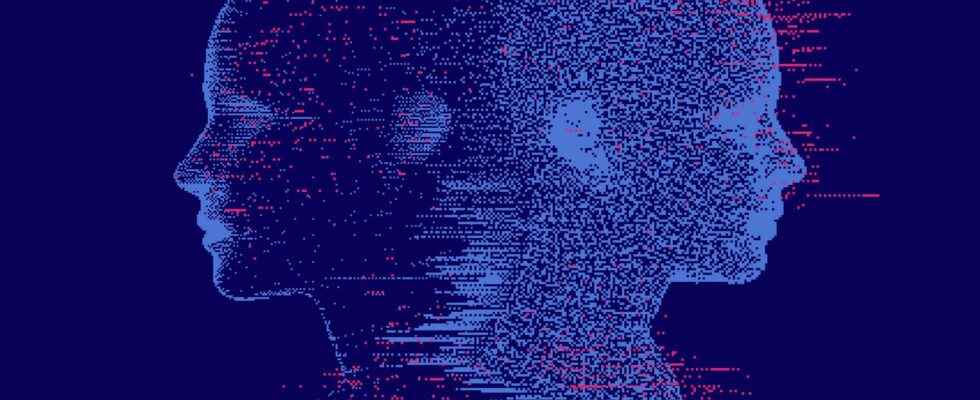You will also be interested
[EN VIDÉO] Humanity shares 70% of its facial expressions The approximately seven billion humans inhabiting the Earth would have another point in common. Finally, 16 common points. They would share 16 facial expressions in similar contexts.
Have you ever had this disturbing encounter? A stranger in the street who looks exactly like you, your double. our appearance physical is both dictated by genetic and our environment. There are so many possibilities that sometimes two unrelated people look alike like two drops of water. This is precisely what interested Spanish scientists affiliates at several research institutes in Barcelona. How similar are two look-alikes not physically but genetically? The results of this intriguing study have appeared in Cell Reports.
Physical lookalike, genetic lookalike
Finding a pair of look-alikes is not an easy task, but the Spanish researchers were able to count on the work of a Canadian photographer, François Brunelle, who has devoted his career to the study similarities between human beings. Since 1999, he has been collecting photos of people who do not know each other — and who are not related — but who have the same face. Among this gallery of look-alikes, 32 couples agreed to take part in this scientific study. Their photo, taken in black and white by François Brunelle, was analyzed by three software different facial recognition systems. Alongside this, they answered a questionnaire about their lifestyle and provided saliva samples for genetic analysis.
The three software programs compared 27 physical characteristics of the faces of the members of each couple: location of eyebrowsspacing of eyes or height of the upper lip for example. Half of the couples were recognized as very similar by the three software; it is on these 16 pairs of look-alikes that the genetic analyzes were carried out.
Look-alikes also share certain lifestyle habits despite not knowing each other, suggesting that in some way genetics also influence our behavior.
The latter delivered fascinating results: 9 pairs of lookalikes were qualified as “ultra-lookalikes” by the scientists because they shared a disturbing genotypic resemblance, in addition to their phenotypic resemblance (physical appearance). Indeed, in these ultra-look-alikes, approximately 19,000 nucleotides, located in 3,700 different genes are shared between the two people at once.
To take the comparison of look-alikes a step further, the scientists also compared factors that do not concern genes, epigenetics and the microbiota. The methylation patterns ofDNA — one of the possible epigenetic modifications — are only present for one look-alike pair. In contrast, ultra-lookalikes share several epigenetic similarities. The same trend is observed for the microbiota. Surprisingly, look-alikes also share certain lifestyle habits despite not knowing each other, suggesting that in some way genetics also influence our behavior.
This study suffers from several limitations, the number of look-alikes analyzed is modest and therefore the interpretation of the results should be taken with a grain of salt. The look-alike pairs were also formed from two-dimensional black-and-white photos, which masks physical characteristics, such as variations in color of skin. Finally, the participants are mainly of European descent and, therefore, the results cannot be interpreted beyond this framework.
—
LAST DAYS to take advantage of our summer offer.
Subscribe to our media for a period of 3 months and receive the Mag Futura as a gift!*
*Offer valid for any new 3-month subscription to the “I participate in the life of Futura” offer on Patreon.
—
Interested in what you just read?
